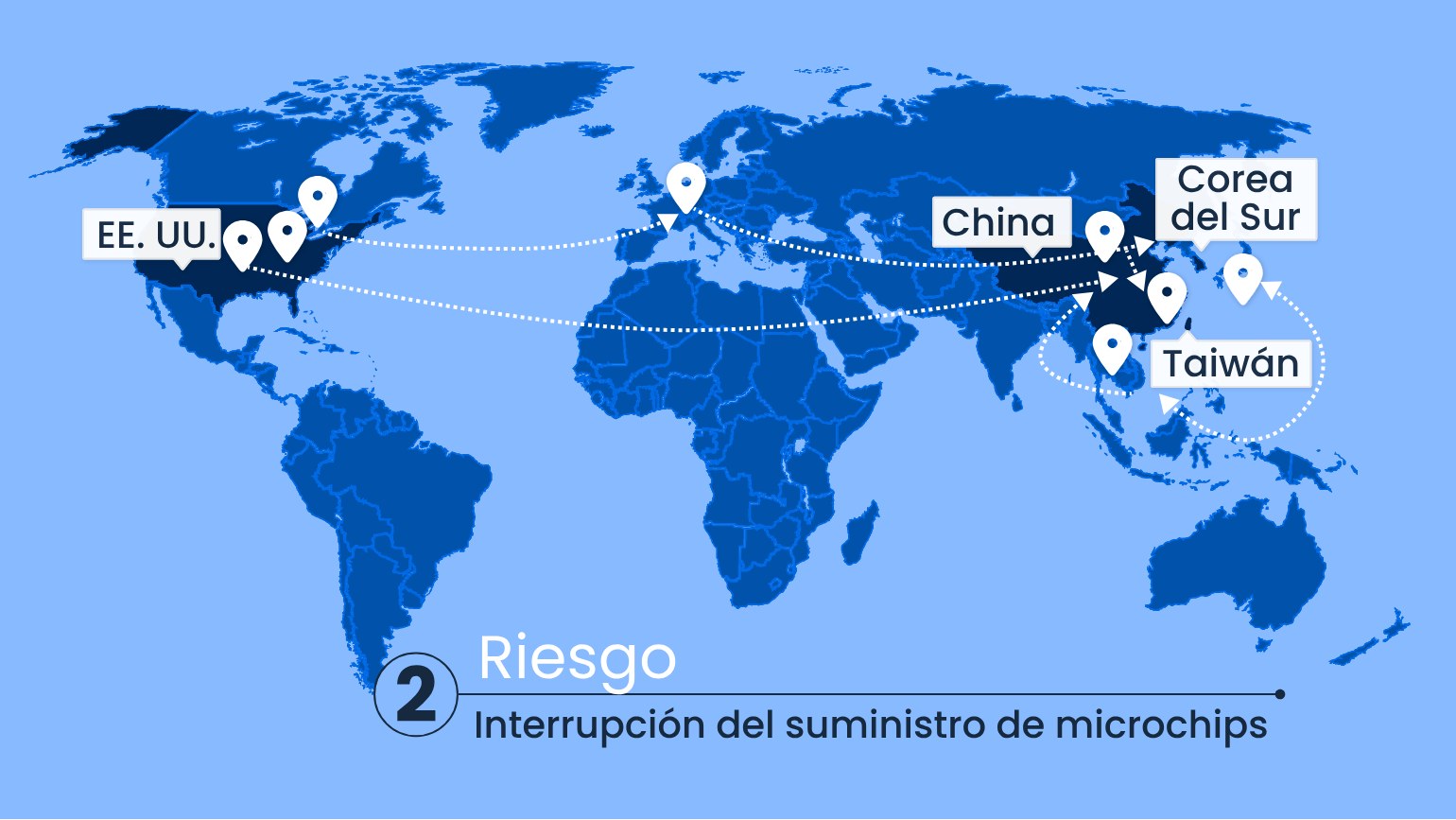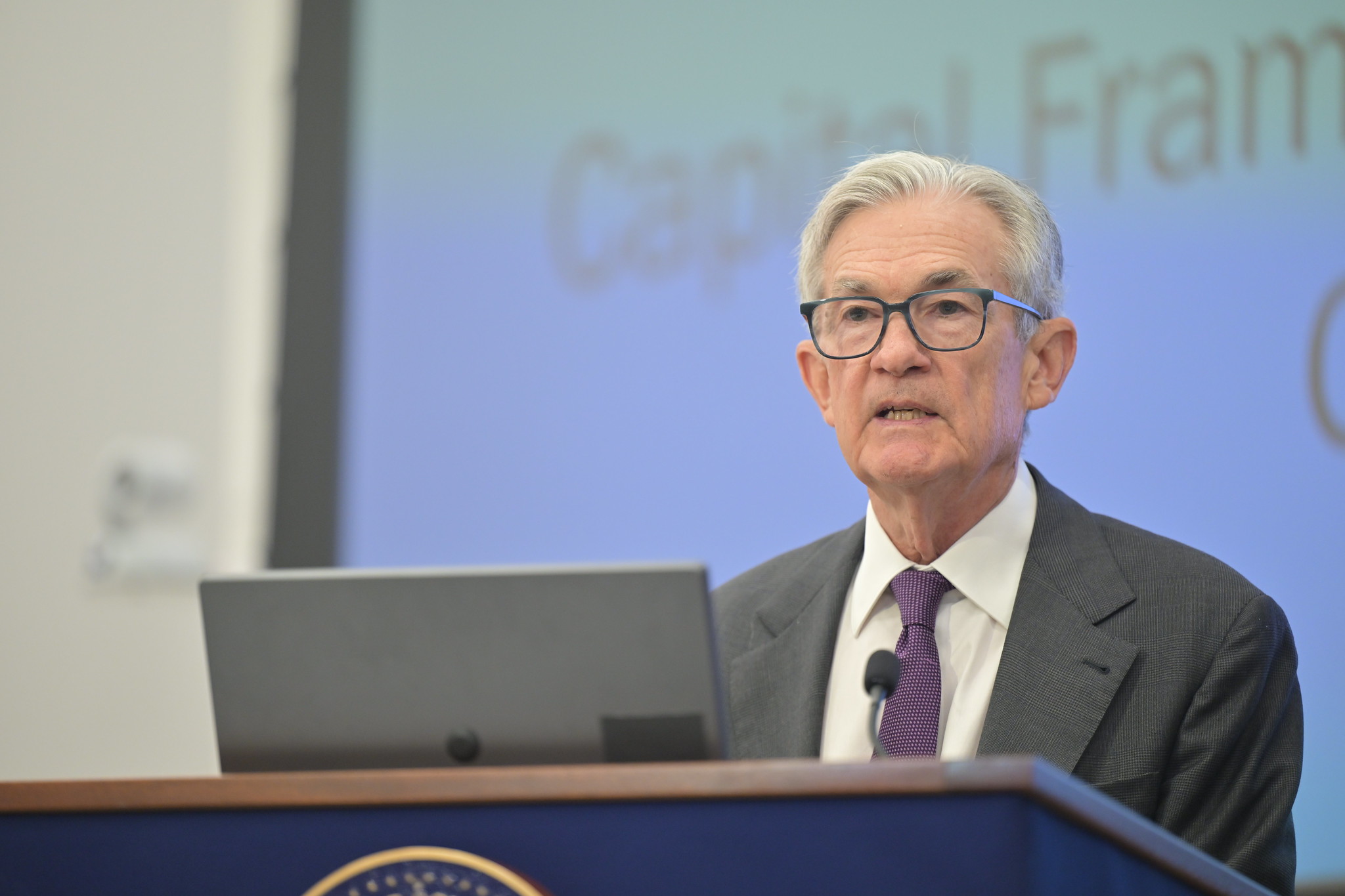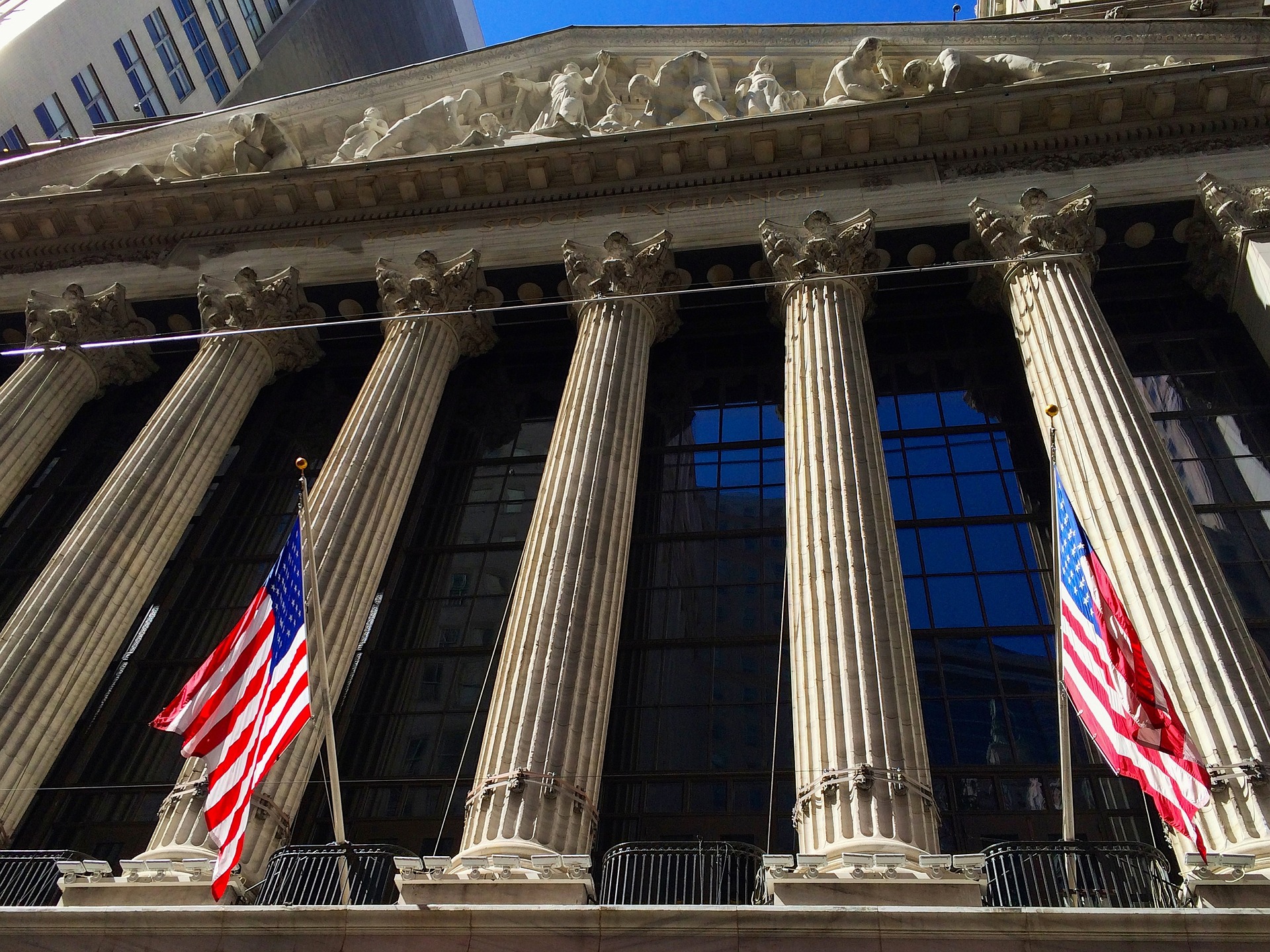The new tariffs from the Trump Administration have come into effect, with a general minimum of 10%, amid renewed social media messages, threats, and moves that add noise to the current context of uncertainty. Markets are absorbing these fluctuations with relative calm, and European stock markets opened the day in positive territory—for example, futures on the STOXX Europe 50 index are pointing to an increase of approximately 0.3%, while in Asian markets, the main indices closed the session with gains.
What does the new “tariff map” look like? According to the summary from Banca March, three main groups can be identified. “On one hand, there are countries in a sort of truce with the U.S., such as Mexico and China, awaiting the outcome of negotiations. Secondly, we have countries like Japan, the United Kingdom, Vietnam, the EU, among others, that have already reached preliminary agreements with the American giant, although in many cases, key details of those pacts are unknown, and in cases like Japan or the EU, negotiations are ongoing. Lastly, there is the rest of the countries which, starting today, will face a tariff ranging from 10%—if they have a trade deficit with the U.S.—up to levels of 50%, in cases like Brazil and India,” they explain.
In this new tariff environment, central banks have become more cautious. “Both the Fed and the ECB have kept official interest rates unchanged. The apparent stability of labor markets and the potential inflationary pressures caused by U.S. tariffs are leading central banks to act with caution. In July, the U.S. administration concluded several tariff agreements with key trading partners (Japan, Eurozone). Although not all details have been negotiated, tariffs around 15% are lower than feared, which has supported risk assets. In the process, equities have once again outperformed fixed income,” highlights Alex Rohner, Fixed Income Strategist at J. Safra Sarasin Sustainable AM.
Chips and Semiconductors
In the past 48 hours, several announcements have come from Trump, adding more percentages and tension to the tariffs that are now in force. In particular, he has announced that he will impose a 100% tariff on chip and semiconductor imports to force their production within the country. “We are going to apply a very high tariff on chips and semiconductors. But the good news for companies like Apple is that if they manufacture in the United States or are fully committed to manufacturing in the United States, no charges will apply to them,” the president stated during an event in the Oval Office.
The Republican, who this week indicated his intention to announce tariffs on these high-tech components, said that “a 100% tariff will be applied to all chips and semiconductors entering the United States.”
According to the analysis by Amadeo Alentorn, Head of Investments in the Systematic Equity area at Jupiter AM, “U.S. technology continues to rely heavily on international supply chains,” as “most advanced semiconductor manufacturing is concentrated in East Asia, especially in Taiwan and South Korea.” Alentorn explains that major U.S. companies like Apple and Nvidia rely heavily on Taiwan for chip manufacturing, even though they design them domestically.

For some experts, this is a clear message to China. U.S. and Chinese delegations concluded a third round of negotiations in Stockholm at the end of July without reaching a definitive agreement, but with a joint intention to extend the tariff truce set to expire on August 12. “Tensions between the U.S. and China are escalating into a full-scale trade war, with technology at its core. President Trump demands that all chips used in critical industries be Made in America. In response to Washington’s tightening of export controls and domestic origin requirements, China is intensifying audits, fines, and new data localization rules. It is suspending licensing and slowing down customs clearance for goods related to semiconductors. Supply chain bottlenecks are multiplying,” adds the expert from Jupiter AM.
Meanwhile, according to experts, the Asian giant is designing a new trade map to diversify its exports within Asia. Its main targets are Southeast Asian countries with friendlier ties to the U.S., such as Vietnam, Thailand, and Indonesia, where results are already visible.
In fact, according to analysis by Crédito y Caución, Chinese exports to the U.S. plummeted in April, when the American tariffs came into effect, with a drop of $9.3 billion in goods exports compared to the previous year. At the same time, Chinese exports to Asia increased by $14.8 billion. This is a trade strategy that aims not only to minimize the impact of tariffs. As Bert Burger, economist at Atradius, explains, “Chinese manufacturers are also setting up production facilities in Southeast Asia to take advantage of local benefits.” These advantages include lower wages and tax incentives.
Pharmaceutical Sector
“We will initially impose a small tariff on pharmaceutical products, but within a year—a year and a half at most—it will rise to 150%, and then to 250%, because we want pharmaceutical products to be made in our country,” stated Trump just 48 hours ago. According to experts, companies in this sector face dual pressure: on one hand, tariffs; on the other, the restructuring of the healthcare system in their largest and most profitable market, the United States. “Pharmaceuticals are included in the trade agreement between the EU and the U.S., which has mitigated some concerns in the sector. However, they were excluded from the recent 39% tariff imposed by the U.S. on Swiss imports. A specific update on pharmaceutical product tariffs is still pending,” say Alexandra Ralli and Simon Lutier, Equity Analysts for the Healthcare Sector at Lombard Odier.
According to Lombard Odier experts, it is important to put this into context: the U.S. healthcare system is undergoing a phase of political reform, with expected changes in production, regulation, and pricing. Furthermore, President Trump has urged major pharmaceutical companies to lower prices, adding pressure to an already strained sector. “Global pharmaceutical giants are trading at a discount compared to their historical averages, reflecting investor caution amid regulatory and political uncertainty.
While the healthcare sector is not among our top picks, we see potential in certain pharmaceutical or biotech companies with strong product pipelines. Swiss pharmaceutical companies could rebound if the tariff framework becomes clearer. In the view of Marie de Mestier, Head of Large-Cap Equity Fund Management at Crédit Mutuel AM, this sector—traditionally considered a safe haven in times of instability—is now in a volatile situation and clearly exposed to political risk. “Donald Trump’s policies will have cross-border repercussions. Possible changes in pricing, regulation, and supply chains, along with increased competition, will force European companies to adapt in order to remain competitive despite U.S. policies. In fact, European pharmaceutical companies generate nearly 50% of their sales in the United States, but not all the drugs they sell are manufactured there. With rising protectionism, the challenge will be to produce more locally, which is why many European pharmaceutical firms have already announced massive investments in the United States,” they emphasize.




